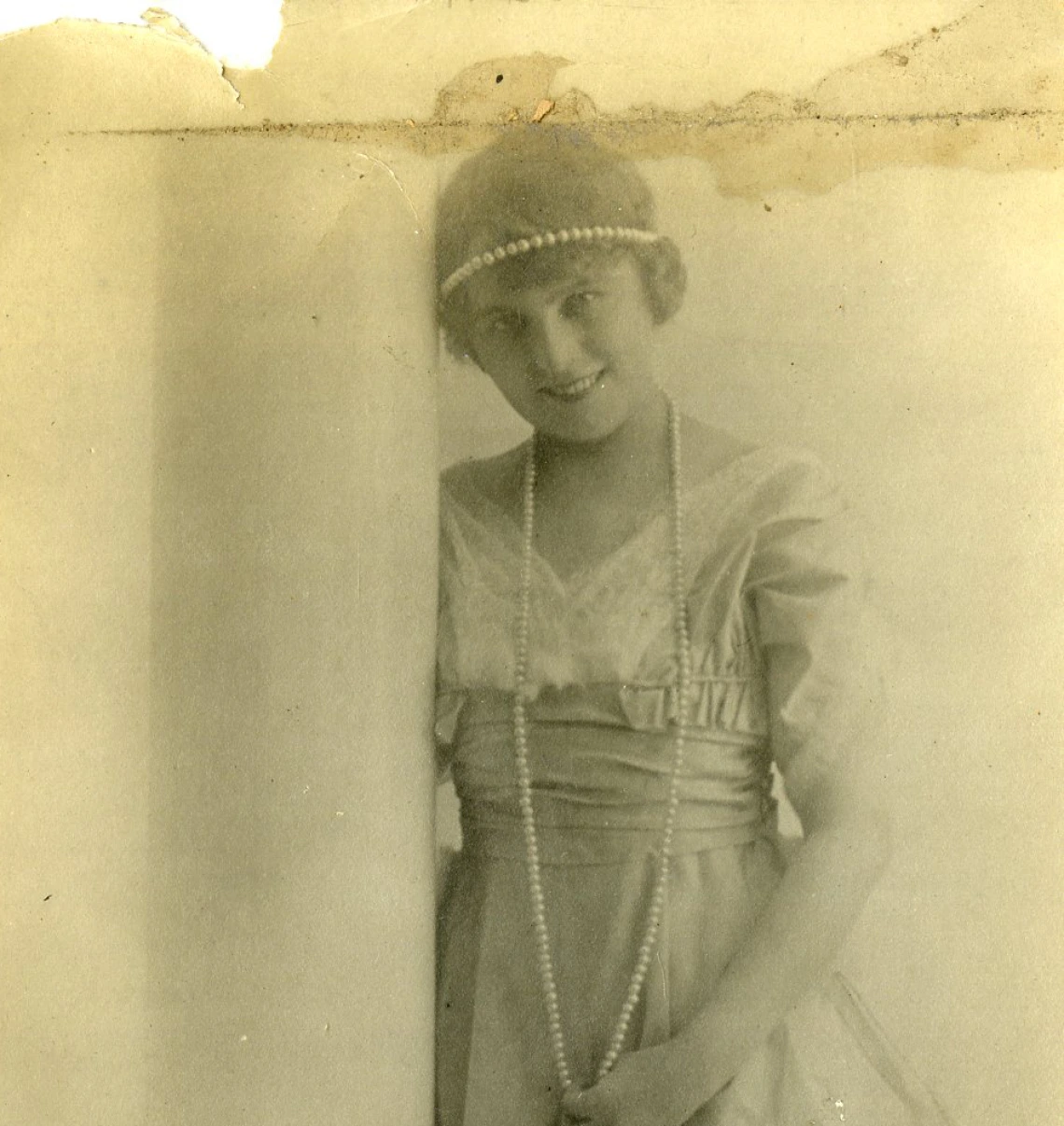Sadie M. Fearen and A. Harry Chick vaudeville collection

Photograph of Helen Kinsel from the Sadie M. Fearen and A. Harry Chick vaudeville collection.
Collection area: Performing Arts
Collection dates: 1882-1933
Collection consists of vaudeville materials collected by vaudevillians Sadie M. Fearen and A. Harry Chick with the bulk of the materials compiled between 1905-1915. The printed materials include actor union materials such as White Rats Actor Union cards and the constitution of the Actor’s International Union. Printed materials also include contracts, theatre programs, plays, actor business cards, and correspondence. The bulk of the photographic materials include cabinet cards of male and female vaudeville performers such as Ella Collins, Frankie Bell, N.S. Wood, and Joseph Jefferson. Publications include the New York Clipper, the Player, and Popular Vaudeville. There are also two scrapbooks compiled by Fearen and Chick documenting many of the Sadie M. Fearen Repertoire Company performances.
Married couple Sadie M. Fearen and A. Harry Chick, were vaudeville performers and managers of the Sadie M. Fearen Repertoire Company in the New England area during the early 1900. As performers they were known for their singing, talking, and dancing comedy act. Sadie was also known as the “La Petite Sadie M. Fearen. As mangers of the Sadie M. Fearen Repertoire Company they would often preform and manage three act comedy plays such as Little Buckshot, Among the Breakers, and Triss, or Beyond the Rockies based on Western themes of mining and the 49ers. Some of the performers they managed for such plays include Fred Driscoll, Baby Irene Perry, and Richard H. Hogan. Touring the Boston and New England area they would play in theatres such as Bacon Hall in Somerville, MA as well as Natick, Woburn, and Winchester near the Boston area.
A collection guide explains what's in a collection. New to using our collections? Learn how to use a collection guide.
Collection guideAccess this collection
Visit us in person to access materials from this collection. Our materials are one-of-a-kind and require special care, so they can’t be checked out or taken home.
How to cite
Learn how to cite and use materials from Special Collections in your research.
